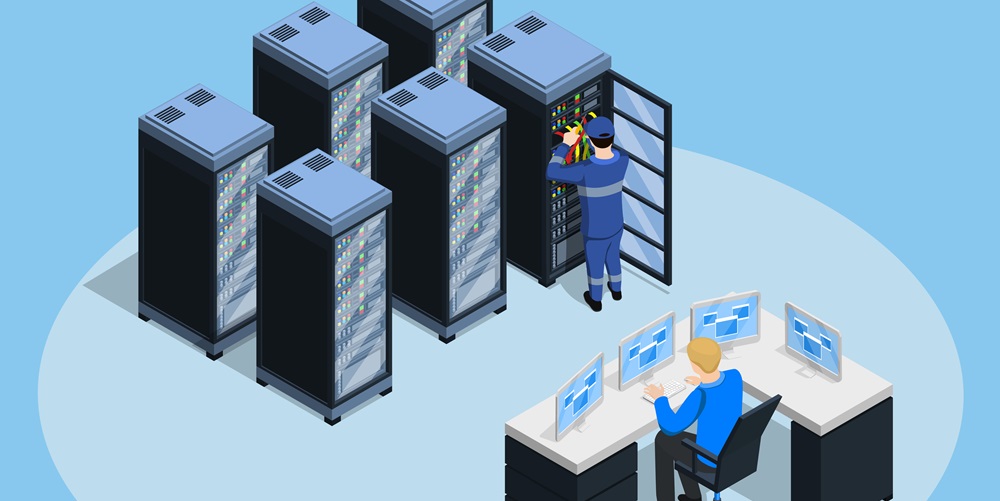Centralized databases, which have long been the bedrock upon which data management foundations were built, now face an existential crossroads. They operate under a singular principle—a central repository that stands alone as the solitary vessel of data storage and retrieval. Yet such simplicity breeds its hindrances; as data swells to gargantuan proportions and access requests mount, bottlenecks become all too frequent, frustrating efforts towards nimble data management. Scalability, once a friend, now becomes a foe, as expanding these centralized systems begets complexity and cost, often not in alignment with needs. Fault tolerance is another thorn in the side of centralized databases; a single point of failure spells doom for data availability, a risk that modern enterprises can scarcely afford. Performance degradation is the central database’s final assailant, with data’s increasing demand for speed being its Achilles’ heel.
The Architecture of Distributed Systems
The very fabric of distributed systems is woven from a tapestry of interlinked, cooperating nodes. Each node in this ensemble performs its duty—whether storing fragments of the larger data mosaic, executing computations, or communicating with its peers to ensure a symphony of synced data. This interconnected network is governed by protocols that dictate the language spoken between nodes. HTTP and TCP/IP stand as common tongues, enabling reliability and efficiency in conversation that are the linchpins of system cohesion. Venues where consensus is key, such as with data states or updates, employ sophisticated mechanisms to establish concord across the network, emerging unscathed even amidst the specter of failure and malice. Alongside this, the astute use of load balancing strategies ensures that the work is not unduly burdened on any single node’s shoulders, achieving a harmonious resource equilibrium aiding uninterrupted service.
Advantages of Distributed Systems
The merits of distributed systems resonate profoundly against the backdrop of modern data challenges. Fault tolerance in these systems is not a luxury but an intrinsic trait; the compromise of one node is but a scratch on the network’s hide, never a fatal blow. This resiliency extends to system scalability, which morphs seamlessly with the ebb and flow of data currents. Capacity scales horizontally—adding new nodes into the fold without the upheaval associated with central systems expansion. The performance of distributed systems also sees a marked ascension, with data strategically sited near its point of use, slashing latency and ensuring alacrity in access—the keystones for applications where speed is paramount. Furthermore, distributed systems exhibit chameleonic flexibility as they can contort to fit the varied landscapes of organizational needs—a testament to their forward-thinking design.
Applications of Distributed Data Storage and Retrieval
The real-world applications of distributed systems paint a vivid picture of their versatility and indispensability. In the throes of the e-commerce maelstrom, where customer influx and transactions reach dizzying highs, distributed databases stand sturdy, ensuring that neither pace nor performance wavers. Content Delivery Networks (CDNs) lean heavily on the principle of distributed caching, a stratagem that places data in close proximity to the end user, vanquishing latency to uphold a superior digital experience. Not to be outdone, the financial sector harnesses the power of distributed ledger technologies, such as blockchain, to enshrine transactions in a ledger that is not only incorruptible but also transparent, secure, and not beholden to centralized authority. These vignettes showcase just a sliver of the expansive applicability of distributed systems in our data-driven epoch.
In the tapestry of contemporary computation and data handling, the case for distributed systems transcends mere convenience—it is a clarion call for revolution. As organizations of all magnitudes grapple with the deluge of data that defines this era, the pivot toward these multifaceted, resilient structures grows paramount. Distributed systems are not the future; they are the present, meticulously engineered to bear the weight of modern data demands. Embracing them is embracing evolution, an evolution that is as inevitable as the world moves inexorably towards an ever-growing digital horizon.

